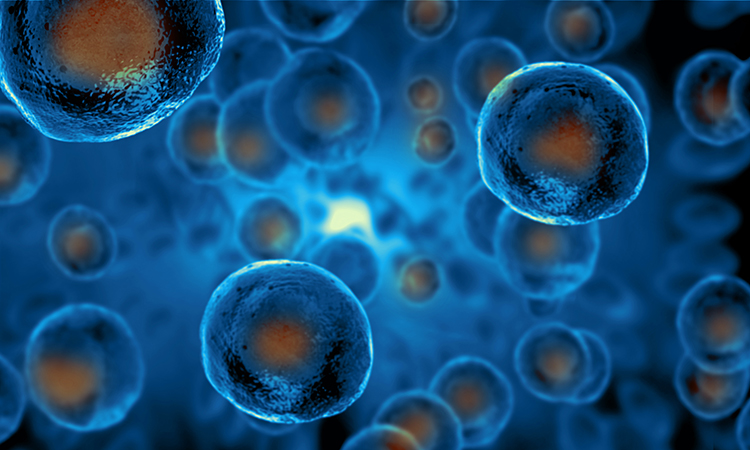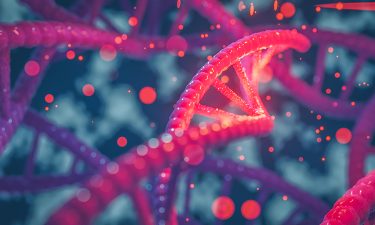A crucial turning point for increasing patient access to ATMPs
Posted: 26 October 2020 | Dr Jane Hollywood (CMS), Dr Robert Stephen (CMS) | No comments yet
Numerous developments are ongoing to make advanced therapy medicinal products (ATMPs) more accessible, effective and less expensive. Here, legal experts Robert Stephen and Jane Hollywood from CMS discuss the increasing prevalence of these highly regulated therapies and the challenges faced by innovators in this space.


AS THE GENE and cell therapy sector continues to witness huge growth, it is simultaneously grappling with several challenges. One of the main issues is manufacturing at the scale necessary to meet current demand, which is forecast to continue increasing over the coming years. Safety is also paramount and, although this applies to all medical treatments, the invasive nature of cell and gene therapies makes safety considerations even more critical. A further challenge is the astronomical cost of treatment. For example, a widely anticipated gene therapy treatment for haemophilia is expected to launch soon with a predicted price tag of up to £2.3 million per patient. It is therefore important that companies demonstrate the effectiveness of their therapies and that the costs are cheaper in the long-term than existing treatment approaches.
Medicines in this sector are generally described as ATMPs, which includes monogenic gene therapies, chimeric antigen receptor (CAR) T therapies and stem cell treatments. The precise challenges that each type of therapy faces differs depending on the circumstances, but there are common themes and an impressive rate of innovation attempting to address the challenges.
Manufacturing complexity
Autologous cell therapies, such as autologous CAR T, are showing enormous promise in the treatment of certain types of cancer where previously there has been little success. However, these types of treatments have complex production and storage constraints. It is necessary to extract a patient’s own cells, treat and then return them to the same patient meaning that only small batches of cells are produced because the medicine is only ever intended for one person. Different manufacturing approaches are therefore needed in comparison to large scale bulk manufacture of, for example, new chemical entities.
The presence of whole cells prevents filtration through sterilising grade filters and so all processes must be aseptic to prevent the introduction of any contaminants. Batch identity and tracking must be perfect to ensure the patient receives their own modified cells, especially when cells are being treated from multiple patients at the same time. As the starting cells extracted from the patient are the first step in the manufacturing process, everything that happens thereafter must be carefully regulated, controlled and documented from this early step. Unlike with small molecules, there is little opportunity to build up reserves or contingency stock. Cell storage times may be limited and control of storage conditions and time during transport of the raw material and finished product is critical to maintain cell viability.


Blockchain approaches
The use of distributed ledger technologies/ blockchain is being applied to manufacturing and distribution processes, which seek to enhance quality assurance, data integrity and security of the supply chain. Data is pushed securely to a distributed ledger and all data is immutable, precise and trackable. This avoids a potentially vulnerable paper-based system, which is also slower to review/approve, prone to accidental damage as well as human error and/or tampering. As manufacturing processes become decentralised to increase product availability, speed and reduce the cost of treatment, tracking of product quality will be important to optimise patient therapy at localised manufacturing and administration sites.
Quality control and storage innovation
It can often take 72 hours to conduct quality control tests and deliver the ATMP to the bedside. The storage of ATMPs in normal clinical-grade injection solutions can result in very low cell survival. To combat this, specialist media have been developed to preserve cells, such as those using buffered trehalose solution to support storage and shipping for cells under hypothermic (2–8°C) conditions whilst maintaining viability.
Local manufacture
As the starting cells extracted from the patient are the first step in the manufacturing process, everything that happens thereafter must be carefully regulated, controlled and documented from this early step”
The sites where a patient’s extracted cells are treated are often significant distances from the hospital they are in. By setting up appropriate manufacturing facilities at a hospital, it is anticipated that expensive logistics will be reduced and a much quicker turnaround will be achieved. By way of example, the UK has committed £21 million for Advanced Therapies Treatment Centres (ATTCs) based in hospitals across the UK to allow NHS trusts working with businesses and researchers to develop and deliver cell and gene therapies to a large number of patients. However, one consequence of a move to local ATTCs is the need to develop closed-cell processing, selection, cell activation, expansion and preservation technologies. A closed system eliminates open processing steps and unnecessary operator transfers between multiple devices, reducing contamination risk and associated quality variation from human intervention.
Off-the-shelf CAR T treatments
“Off-the-shelf” allogeneic (versus autologous) treatments would be a huge step in the right direction to bring costs down and increase the efficiency of the process. It would mean immediate availability of supplies, allowing redosing as necessary, and facilitate standardisation of the product. However, any allogeneic treatments must mitigate the risk of life-threatening graft-versus-host-disease (GvHD). Although we are likely to be several years away from an approved allogeneic product, gene editing is proving particularly useful in this respect. Different approaches are currently being evaluated, with a number focused on using CRISPR technology to disrupt the TCR complex on αβ T cells. Natural killer cells engineered to express CARs are also being trialled; although they contribute to GvHD, they are not responsible for it.
Intracellular delivery


Limitations in vector supply, combined with some residual concerns regarding the safety of viral vectors, mean that there is also a focus on developing alternative delivery approaches. For example, synthetic carriers that are able to form complexes with nucleic acids and protect from extra- and intracellular nucleases, have been developed. Other approaches seek to achieve delivery by diffusion across a permeabilised cell membrane, with transfer of the cargo being independent of endocytic pathways.
Reimbursement challenges
While not an area for technical innovation, the cost of production means that reimbursement planning is very important. Innovation in pricing is therefore another consideration when bringing ATMPs to market and can vary from one-off payments to pay-for-performance and life-leasing models.
By setting up appropriate manufacturing facilities at a hospital, it is anticipated that expensive logistics will be reduced and a much quicker turnaround will be achieved”
In order for ATMPs to be a reality for more patients across the globe, innovation is taking place not only in understanding the biology of the potential specific disease, but also in platform vector design and delivery, safe local manufacture solutions, cell storage, tracing and monitoring, as well as innovative pricing solutions. Our own experience as patent attorneys means that we are now seeing patent applications being filed and granted to technical aspects of these process improvements at the platform level; some of very broad scope that would impact the production of multiple products. As would be expected in a competitive field, these patent rights are being challenged by third parties and as the space gets busier, contentious proceedings will only increase.
As the field looks to move towards safer, quicker and cheaper product delivery, we can expect to see intellectual property rights that underpin these innovations being used in different ways to achieve a competitive advantage.
About the authors




Issue
Related topics
Biopharmaceuticals, Bioprocessing, Gene therapy, Regulation & Legislation









